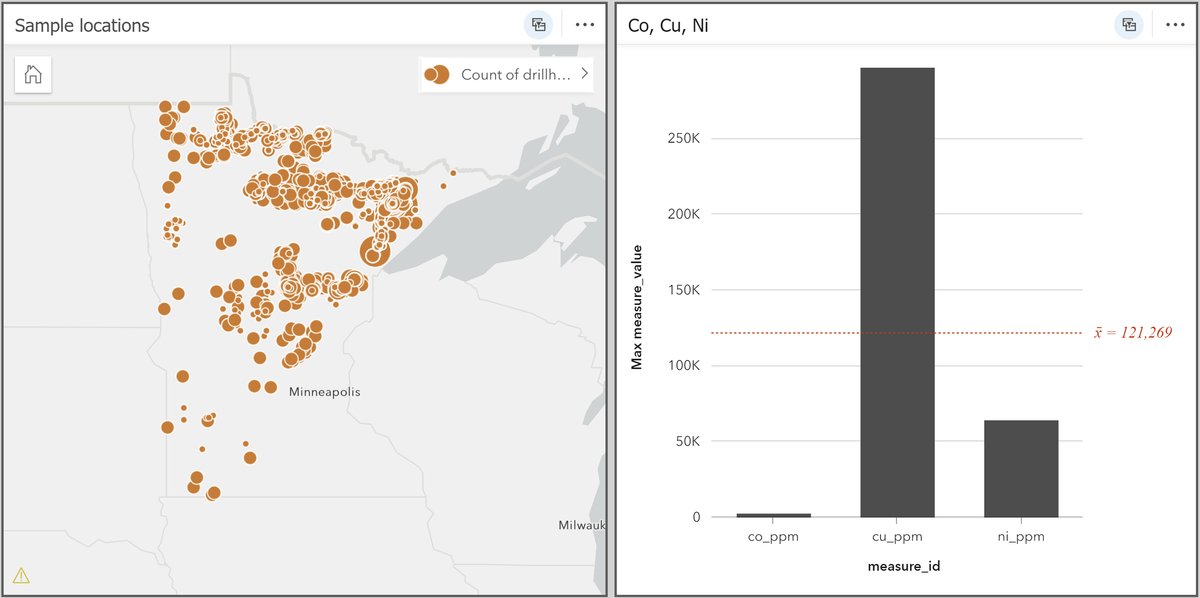The good news: Reams of data on Minnesota’s geology have been collected and compiled over the decades. The bad news: Much of it was filed away – old school – limiting its usefulness in our digital world.
Geological data – drill core logs, mineral composition and structure, geophysics, sample locations – are important for minerals-related research. And the more data the better. But when that information is stored in multiple formats by multiple organizations, putting that data to work is overwhelming and cumbersome.
The Natural Resources Research Institute at the University of Minnesota Duluth has assembled much of this disparate data in one place to drive better, faster research.
Over the past 30 years, former NRRI Geologist Dean Peterson has methodically digitized and compiled the data into a single database called AssemblingMN. When he left in 2021, the project was taken up by Geographic Information System expert, Will Bartsch, who worked with a team spanning NRRI and U-Spatial, the University’s research hub for GIS expertise, to improve the structure and content of the database and build a corresponding data exploration tool.
“This gives us access to, literally, the data behind the data, and that’s important,” said NRRI Economic Geologist George Hudak. “Better decisions are made when you have more complete information.”
All of the information in AssemblingMN was compiled from public sources, like the Department of Natural Resources, U.S. Geological Survey, the Minnesota Geological Survey, and NRRI. A particular strength of AssemblingMN is the extent of drill core data and associated physical and geochemical information.
The tool is designed to facilitate conversation, exploration and ultimately, collaboration with external partners (industry and government) that want to work with NRRI to take advantage of this compilation of data for a wide variety of projects.
“This is something we can bring to the table – a unique contribution – to research partnerships,” said Bartsch. “It’s something that can make NRRI a more valuable partner.”

